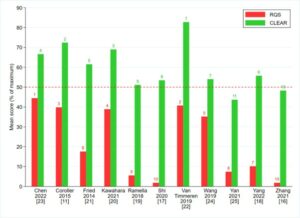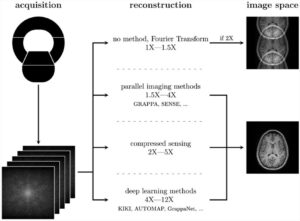The review was prospectively registered on PROSPERO and adheres to the PRISMA protocols. We decided to undertake the systematic review because while there is huge hype around potential clinical applications of artificial intelligence (AI) in radiology, there is a chasm between the promise and the implementation. We also felt that many papers in the field deal with a narrow range of use cases and apply a narrow pallet of AI techniques to these use cases.
There will, however, be limitations to the paper, including a wide variety of papers will make the data too heterogeneous to perform a meta-analysis and a large number of included papers will only allow for a high-level overview.
It was our opinion that many of the AI in radiology papers are varied in quality and that while reporting systems for AI studies are now being developed, few methodological systematic reviews dealing with the scientific methods applied actually exist. Many narrative reviews have the potential for bias, we hoped to minimise this risk by publishing our protocol. Furthermore, we are doing two “sister” reviews of the paediatric and adult literature; the paediatric paper is about to be submitted for peer review with the adult paper soon behind. We also have made our search terms and the questions used for extraction available so other researchers can build on our findings.
The main goal of the paper is described in the conclusion:
We hope to raise awareness of among the radiology community of the questions being asked as well as the methods being used to answer them with the radiology AI literature and give an overview of techniques for those with an engineering or computer science background looking to contribute to the field.
Hopefully, readers will enjoy reading the protocol and the subsequent systematic reviews.
Key points
- This study presents a comprehensive methodology for a systematic review of the current state of Radiology Artificial Intelligence.
- Detailed characteristics of studies will be collected and analysed, including nature of task, disease, modality, subspecialty and data processing.
- Subgroup analysis will be performed to highlight differences in design characteristics between task, subspecialty modality and for trends in algorithm use over time.
Authors: Brendan Kelly, Conor Judge, Stephanie M. Bollard, Simon M. Clifford, Gerard M. Healy, Kristen W. Yeom, Aonghus Lawlor & Ronan P. Killeen













